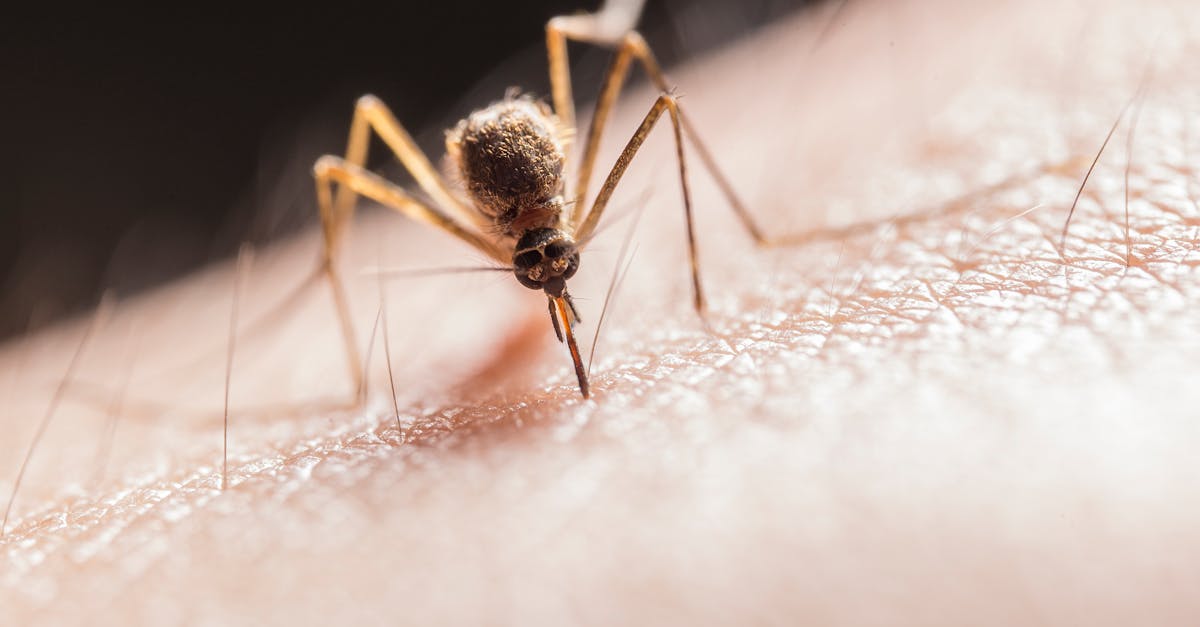Stray cats are a common sight in many neighborhoods, often scavenging for food and shelter. While they may appear harmless, these felines can carry a range of diseases that pose risks to human health. Understanding the potential dangers is crucial for anyone who interacts with or lives near stray cats. In this article, we will explore the diseases that stray cats can transmit to humans, providing you with vital information to stay safe and healthy. Below is a table listing these diseases along with their key details.
| Disease | Transmission | Symptoms in Humans | Prevention |
|---|---|---|---|
| Toxoplasmosis | Ingestion of oocysts in contaminated food/water | Flu-like symptoms, fever, fatigue | Wash hands, avoid handling cat litter |
| Cat Scratch Fever | Scratch or bite from an infected cat | Fever, swollen lymph nodes, headache | Wash wounds immediately, avoid rough play |
| Ringworm | Direct contact with infected skin or fur | Itchy, circular skin rash | Avoid petting stray cats, maintain hygiene |
| Rabies | Bite from an infected animal | Fever, confusion, paralysis | Vaccinate pets, avoid wild animals |
| Leptospirosis | Contact with urine of infected animals | Fever, chills, muscle aches | Wear gloves when handling animals |
| Salmonellosis | Ingestion of contaminated food/water | Diarrhea, fever, abdominal cramps | Practice good food hygiene, wash hands |
| Feline Leukemia Virus (FeLV) | Saliva, blood, or bite wounds | Weakness, fever, weight loss | Limit contact with stray cats |
Toxoplasmosis
Toxoplasmosis is caused by the parasite Toxoplasma gondii, which can be found in cat feces. Humans can become infected by ingesting oocysts, often through contaminated food or water. Symptoms in humans can range from mild flu-like signs to severe complications in immunocompromised individuals. To prevent infection, it is essential to practice good hygiene, such as washing hands thoroughly after handling cat litter and avoiding contact with stray cats.

Cat Scratch Fever
Cat Scratch Fever, or Bartonellosis, is a bacterial infection transmitted through scratches or bites from infected cats. The bacteria, Bartonella henselae, can cause symptoms like fever, swollen lymph nodes, and headaches in humans. Preventing Cat Scratch Fever involves washing any scratches or bites immediately and avoiding rough play with cats that may lead to injuries.

Ringworm
Ringworm is a fungal infection that is highly contagious and can be transmitted through direct contact with an infected cat’s skin or fur. In humans, it presents as an itchy, circular rash. Good hygiene practices, such as avoiding petting stray cats and regularly washing hands, can help prevent the spread of ringworm.

Rabies
Rabies is a viral disease that affects the central nervous system and is most commonly transmitted through the bite of an infected animal. Symptoms include fever, confusion, and, in advanced stages, paralysis. Rabies is almost always fatal once symptoms appear. To prevent rabies, ensure that your pets are vaccinated and avoid contact with wild or stray animals.

Leptospirosis
Leptospirosis is caused by bacteria found in the urine of infected animals, including cats. Humans can contract the disease through contact with contaminated water or soil. Symptoms can include fever, chills, and muscle aches. To prevent leptospirosis, it’s advisable to wear gloves when handling stray animals or cleaning areas where they may have urinated.

Salmonellosis
Salmonellosis is a bacterial infection that can occur when humans ingest contaminated food or water, which may be tainted by the feces of infected cats. Symptoms often include diarrhea, fever, and abdominal cramps. To minimize the risk of salmonellosis, practicing good food hygiene and washing hands after handling animals is crucial.

Feline Leukemia Virus (FeLV)
Feline Leukemia Virus is a retrovirus that affects cats and can be transmitted through saliva, blood, or bite wounds. While FeLV is primarily a concern for cats, it can have indirect effects on human health by increasing the number of stray cats in communities. Humans should limit contact with stray cats to reduce the risk of transmission and support local spay/neuter programs to manage feral cat populations.

FAQ
What should I do if I get scratched or bitten by a stray cat?
It is essential to wash the wound immediately with soap and water and apply an antiseptic. Monitor the wound for signs of infection and seek medical attention if symptoms develop or if the wound does not heal properly. It may also be advisable to consult a healthcare professional about rabies vaccination, especially if the cat appeared sick or if its vaccination status is unknown.
Can I get sick from a stray cat just by petting it?
While petting a stray cat can pose some risks, the likelihood of contracting a disease depends on the cat’s health status. Good hygiene practices, such as washing your hands after petting, can significantly reduce the risk of disease transmission. It is best to avoid petting stray cats to minimize exposure to potential infections.
How can I help reduce the number of stray cats in my area?
Supporting local spay/neuter programs and advocating for responsible pet ownership can help reduce stray cat populations. You can also work with local animal shelters and rescue groups to promote adoption and community awareness about the importance of spaying and neutering pets.
References:
– Centers for Disease Control and Prevention (CDC) – [Toxoplasmosis](https://www.cdc.gov/parasites/toxoplasmosis/index.html)
– Centers for Disease Control and Prevention (CDC) – [Cat Scratch Fever](https://www.cdc.gov/cat-scratch-fever/index.html)
– Centers for Disease Control and Prevention (CDC) – [Rabies](https://www.cdc.gov/rabies/index.html)
